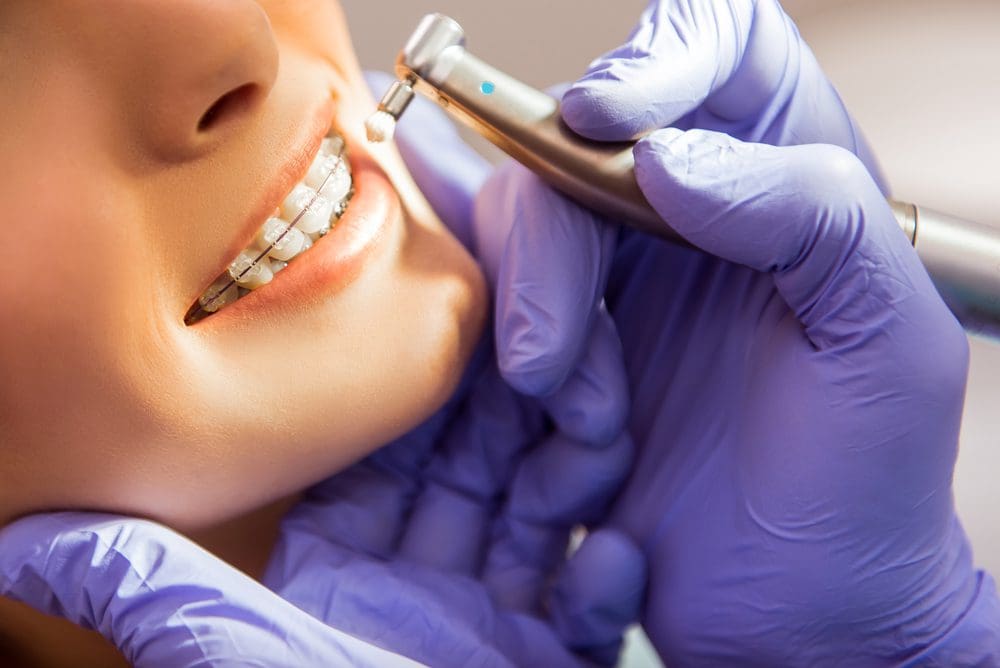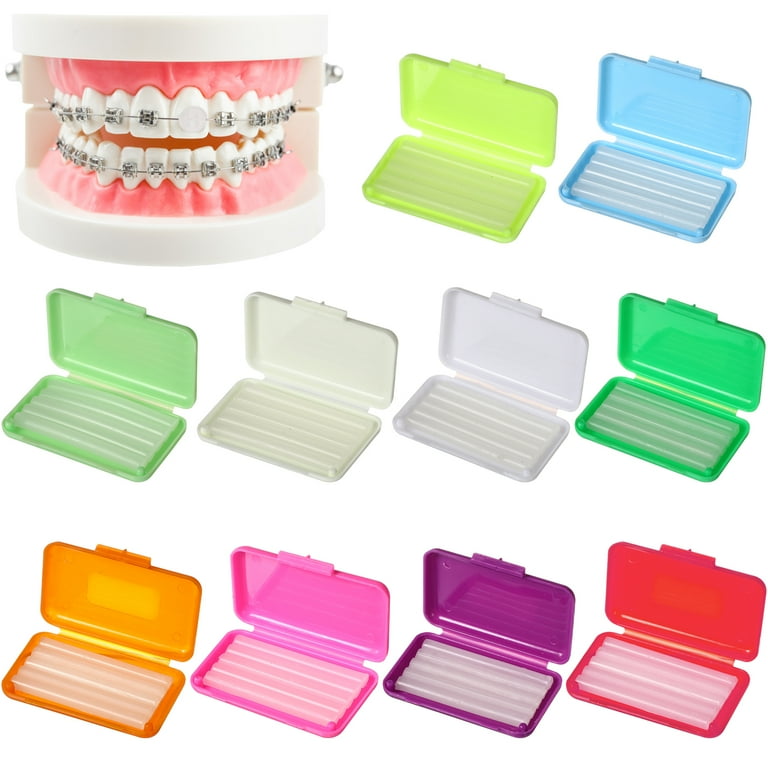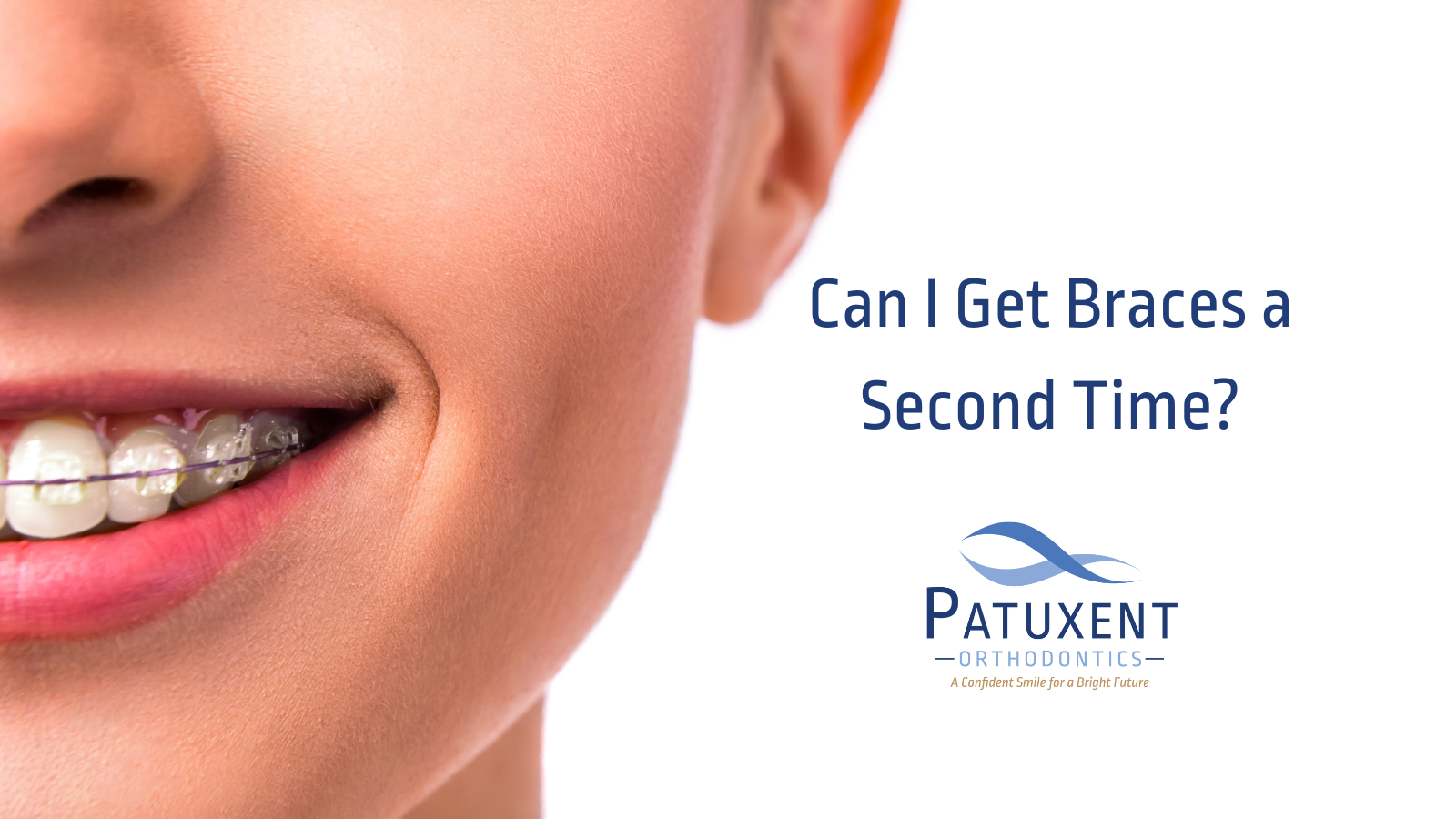Selecting the very best Cumming Orthodontics for Effective Braces and Aligners Solutions
Selecting the very best Cumming Orthodontics for Effective Braces and Aligners Solutions
Blog Article
Comprehensive Overview to Orthodontics Procedures for Dealing With Dental Imbalances
In the world of orthodontics, the journey to achieving a completely aligned smile involves a myriad of procedures customized to fix dental misalignments. From traditional braces to undetectable aligners and also medical options, the area of orthodontics offers a variety of options to attend to differing levels of oral irregularities. Recognizing the ins and outs of each treatment, including their devices, benefits, and potential downsides, is vital in making informed decisions about one's orthodontic treatment. As we navigate via the extensive overview to orthodontic procedures for fixing oral misalignments, the complex details of each approach will certainly unfold, clarifying the path toward a unified and functional oral placement.
Orthodontic Procedures Review

Along with clear aligners and conventional braces, orthodontists might likewise suggest other treatments like headgear, palatal expanders, or retainers to deal with specific alignment issues (cumming orthodontics). These treatments are tailored to each client's unique requirements and might include a combination of treatments to attain the desired outcomes. Regular modifications and tracking are vital parts of orthodontic therapy to make sure development gets on track and to make any kind of needed modifications along the method. By undergoing orthodontic procedures, individuals can not only accomplish a straighter smile yet additionally enhance their overall dental health and wellness and function.
Typical Braces: Just How They Work
When thinking about orthodontic treatments for oral imbalances, typical dental braces attract attention as a time-tested method for correcting teeth positioning. Traditional braces consist of brackets, cables, and bands that collaborate to apply continuous stress on the teeth, gradually moving them right into the desired alignment. The brackets are connected to the teeth utilizing a special adhesive, and the wires are threaded through the brackets. By changing the tension of the cords, orthodontists can manage the instructions and pressure put on each tooth, directing them into correct alignment with time.
As pressure is used to the teeth through the braces, the bone bordering the teeth is improved to sustain the new tooth placements. Clients will certainly need normal modifications at the orthodontist's workplace to guarantee the dental braces proceed to apply the correct pressure for reliable teeth motion.
Unseen Aligners: Advantages And Disadvantages
Invisible aligners provide a practical and discreet choice to conventional dental braces for correcting dental misalignments. These clear, custom-made trays are virtually undetectable when used, making them an enticing option for people looking for a more visually pleasing orthodontic therapy. One of the main benefits of invisible aligners is their removability, enabling simpler upkeep of oral health compared to typical braces. Individuals can get rid of the aligners prior to consuming or brushing their teeth, decreasing the threat of food obtaining stuck in the home appliance and streamlining the cleansing process.

Surgical Orthodontic Options
Surgical interventions in orthodontics existing practical alternatives for attending to complicated dental imbalances that may not be properly resolved with conventional orthodontic therapies. While traditional dental braces and undetectable aligners can deal with several orthodontic issues, particular cases need surgical intervention to accomplish ideal outcomes. Surgical orthodontic options are usually recommended for serious malocclusions, considerable jaw disparities, and cases where the underlying bone structure needs alteration to attain proper alignment.
One typical surgical orthodontic procedure is orthognathic surgical treatment, which entails repositioning the jaws to correct useful problems such as problem speaking or chewing. This surgery is typically performed in cooperation with an orthodontist that assists straighten the teeth prior to and after the procedure. Surgical orthodontics might also involve treatments to subject affected teeth, eliminate excess gum tissue, or reshape the jawbone tooth crown to create a much more harmonious facial account.
Prior to considering surgical orthodontic options, clients undergo a thorough evaluation to identify the necessity and prospective benefits of such interventions. orthodontics. While surgery may seem challenging, it can significantly enhance both the feature and aesthetics of the smile in situations where standard orthodontic therapies fail
Retainers and Post-Treatment Care

Failing to conform with post-treatment care instructions can result in regression, where the teeth gradually move back in the direction of their original settings. Regular retainer wear, great dental health, and regular oral check-ups are essential for maintaining the results accomplished via orthodontic surgical treatment and ensuring the long-lasting security of the fixed dental placement.
Final Thought
Finally, orthodontic treatments supply different alternatives for dealing with dental imbalances. Typical braces make use of metal brackets and cables to change teeth right into proper positioning. Unseen aligners supply an even more very discreet alternative however might not be suitable for all instances. Surgical orthodontic options are offered for more serious imbalances. Retainers are generally made use of post-treatment to maintain the new positioning. In general, orthodontic treatments can properly improve dental health and wellness and visual appearance.
As we browse via the comprehensive overview to orthodontic treatments for dealing with oral imbalances, the detailed information of each technique will unfold, dropping light on the path toward a harmonious and practical dental alignment. - cumming invisalign
One of the most usual orthodontic therapies is the use of braces, which are composed of steel braces and cables that apply mild stress to slowly shift teeth into the preferred setting.When considering orthodontic therapies for oral misalignments, conventional dental braces stand out as a time-tested technique for dealing with teeth positioning. Additionally, invisible aligners may not be ideal for complex orthodontic issues that call for even more considerable teeth movement, as they are commonly advised for light to moderate situations. Retainers are customized orthodontic tools developed to hold teeth in their corrected positions after the completion of orthodontic therapy.
Report this page